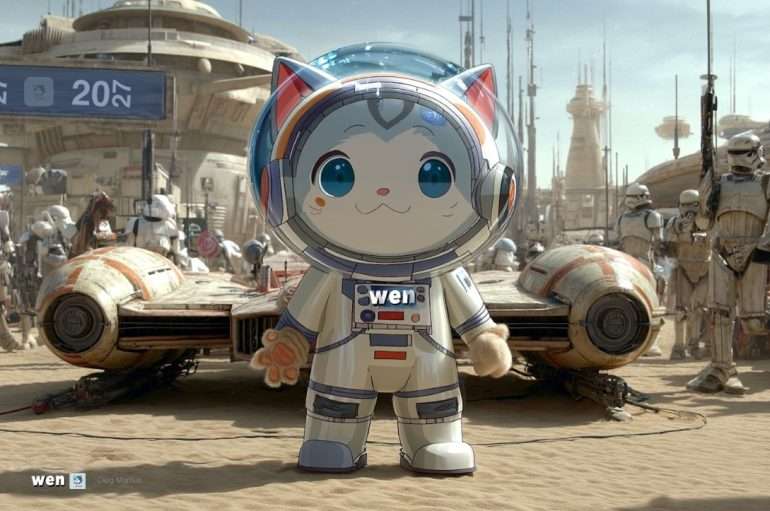Wen Token Standard: A Shift in NFT Ownership Model
A new look at NFT functionality
In early 2024, a unique initiative was introduced within the Solana ecosystem — a token built on the idea of fractional NFT ownership. This innovative step changed the way many view the connection between tokens and digital collectibles. Instead of offering a full digital item to a single user, this concept allows thousands — even millions — of holders to possess a small piece of a digital work. The start of this journey was accompanied by visual representations like the wen photo, reflecting the blend of culture, creativity and blockchain.
The approach was more than just symbolic or promotional. It introduced a new technical framework that unlocked different utility mechanisms for asset-backed tokens. This development opens the door for community involvement, flexible distribution and unique economic models based on participation rather than speculation.
Structure behind the tokens
The token in question is directly linked to a digitized literary piece. This base has been converted into a standard that makes it divisible across large numbers of unique holders. The team responsible for this idea constructed a protocol designed to handle and distribute such assets through open-source infrastructure. It encourages contribution and adaptation from developers, artists and communities alike.
Benefits of this structure
- Equal access to part of a timeless digital artifact
- Transparent distribution without centralized control
- Technical clarity supported on Solana’s infrastructure
- Base for wider community experimentation
This experiment is not purely artistic or technical — it also explores social mechanics of ownership. Through distributed holding and visible provenance, each wallet becomes a mini-archivist of a larger story. That creates a digital layer of historical connection to an interactive ecosystem.
Development and collaboration goals
The Foundation backing this development has chosen to build without allocating initial rewards or incentives to its creators. This rare stance supports the initiative’s commitment to openness. By introducing a structure that’s functional and expandable, contributors can enhance it through modular integrations or fresh design ideas.
Every participant adds value — not just developers, but storytellers, artists, and educators.
Partnerships with content studios and visual storytelling platforms further reinforce this message. One such collaboration gained attention mid-2025, when a large-scale media project launched under the same creative umbrella. It focused on bringing narrative elements into the decentralized space and planned to span animation, merchandise, and comics. The synergy between code and creativity pushes blockchain past its transactional origins.

New ownership model for digital content
One of the most intriguing aspects of this token type is its utility model. Holders can influence decisions through a decentralized framework that gives them voting power. This reinforces a participatory culture in which users experience both identity and ownership through token assets.
Unlike typical collectibles that live in a single wallet, this system introduces a split-user structure. Through this model, people become partial owners of a unified item. That opens various operational paths:
- Layered content rollout based on share percentage
- Content growth determined by crowd decisions
- Revenue sharing and creative contribution models
Token-based community ownership forces platforms to move from closed strategies to fully inclusive ecosystems.
Final thoughts on the updated token design
The new standard, born from an encrypted poem and set in motion through mass token division, reflects a broader transition in how digital objects are treated online. It moves away from exclusive possession and into shared expression. Developers transformed that idea into a functioning framework. Artists embraced the reach. End users enjoyed interaction with a new type of asset class.
What’s being developed around this initiative has already attracted attention from across the digital spectrum. Through storytelling and functionality, the token finds space in media, wallets and communities. Each aspect reinforces a fresh outlook on shared ownership.
In many ways, this tool represents more than a cryptocurrency — it frames culture through code. The approach allows developers and creatives to work side by side, connecting audience interest with technical exploration. While not every holder may see themselves as part of a large experiment, they are, in fact, co-owners in its digital lifecycle. This model pushes asset interaction beyond speculation. Wen now operates not just as a token, but as a cultural extension of digital expression.


